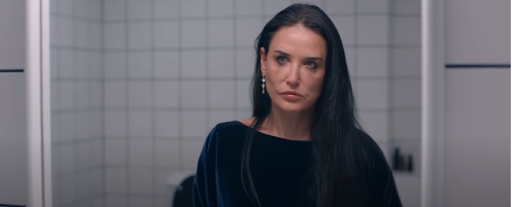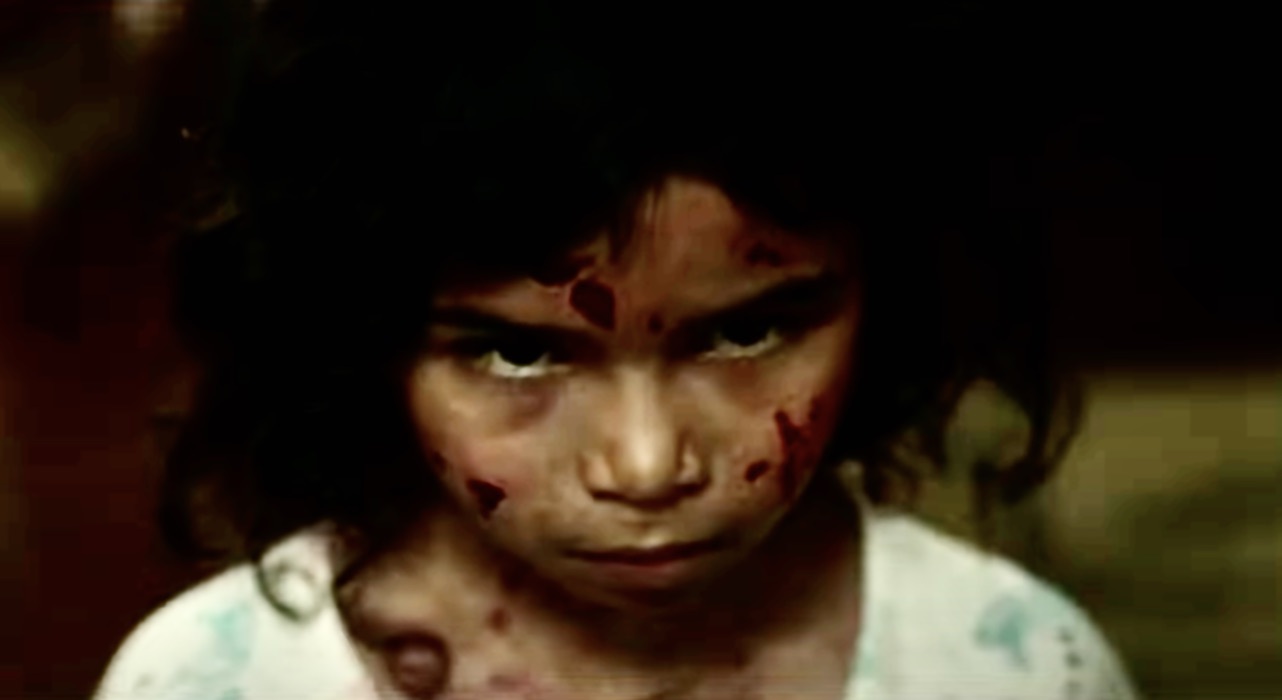essays
The Rise of the Aspirational Divorcée
How book and film representations of divorced women went from tragic to glamorous, and where they’re going next

Imagine a woman in her mid-to-late forties. She lets her hair grow in grey. She is wearing a casual flowing dress, which represents her go-with-the-flow attitude. As she sips her chardonnay on the patio of an Italian villa, you get the sense that she has gone through a personal journey. No longer tethered to a marriage of circumstance, she is exploring what it means to be a woman of a certain age. She’s exploring what it means to be a divorcée.
This image, however familiar, is a new one. Many a Nancy Meyers film has cemented this cool, breezy, aesthetic of divorced women in our collective imagination. But it’s not that long ago that the predominant narrative of the divorcée was based in tragedy and social disaster. Historically, we’ve moved from women enduring beheading when divorce was not sanctioned by the Pope, to women legally being able to serve divorce papers through Facebook messenger. And the fictional image of the divorcée has changed in kind: from the tragic figure to the aspirational narrative. But which came first, the cougar or the egg? And what’s next for divorced women in books and film?
Many a Nancy Meyers film has cemented this cool, breezy divorced woman in our collective imagination. But it’s not that long ago that the predominant narrative of the divorcée was based in tragedy and social disaster.
The legacy of the tragic divorcée archetype is epitomized in the tale of Anna Karenina. Tolstoy’s epic Russian narrative explores the ups and downs of Karenina’s marriage and affairs. It also explores the opportunities and limits of divorce laws at the time. Having an affair and living with her lover, Anna finds her place in society turned upside down. Much of the story revolves around whether she and her husband Karenin should and could divorce. The legal decision-making lies primarily in the hands of her husband, who goes back and forth and at one point refuses the request on the advice from a French clairvoyant. The turmoil of Anna’s feelings, treatment in society, and legal limbo culminate in her suicide. Anna Karenina is a cautionary tale of morality: Tolstoy’s perspective offers us a male view that if a woman is unfaithful in her marriage and wants out, the end result is turmoil. It’s hard to reimagine a gender-bent version of this tale taking place in the same time period: men wrote the books about divorcées, and they also wrote the laws. As society evolved, divorce laws evolved too, and more women started telling their own stories of love and loss.

While the 19th century was full of suffragist and legal debate whether divorce should happen at all, the 20th century introduced the important milestone of legalizing no-fault divorce. Prior to no-fault divorce, a marriage could only be dissolved if “abandonment, cruelty, incurable mental illness, or adultery” took place. In theory, this would prevent “needless” divorces which were considered against public interest. In reality, it led to legal loopholes such as travelling out of country, or framing a partner for adultery. No-fault divorce also granted women economic and personal freedom. However, the media of the time reflects the very real anxieties on all sides of the divorce equations — what this meant for families, family law, and divorced women and men’s standard of living. While it was — and always is — easy to demonize those you don’t agree with, bringing in nuance to a complex issue are the stories that often remain classics. Kramer vs Kramer is a touchstone of divorce narratives, earning Meryl Streep an Oscar for her portrayal of Joanna. Initially, the film could have easily come off as cartoonish, the author’s initial intent was to combat what he viewed as “toxic rhetoric” from second wave feminists, and show divorced men as good guys victim to the whims of selfish women. It was Streep, while considering the role, who voiced a level of experience and compassion that led to a much more nuanced film; instead of painting her character Joanna as a villain, she advocated for her to be a portrait of the real struggle women were facing with marriage and motherhood. She would only commit to the role after extensive rewrites. Having women in the room and informing decisions gave us stories that were more reflective of our experiences—and our desires. Women authors of the time explored the intricacies of divorce in no uncertain terms. Without glamorizing the situation, writers like Nora Ephron and Joan Didion were able to share the messy, ugly, and sometimes liberating reality women — and men — were facing. And while this sense of freedom was explored, it also marked that there was a long way to go, as Didion’s protagonist contemplated in Play it As it Lays; “It occurred to Maria that whatever arrangements were made, they worked less well for women.”
Having women in the room and informing decisions gave us stories that were more reflective of our experiences—and our desires.
As women continued to gain cultural power and representation, the image of the divorcée continued to become more positive. The divorcée archetype of today is almost celebrated, and viewed as aspirational. Our narratives focus less on what happens to women during a divorce, and more on the newfound freedom they can find afterwards. Eat, Pray, Love — Elizabeth Gilbert’s memoir, and the subsequent Julia Roberts film — started a movement that trickled into real life. Divorce is the opening of the book and the movie, not the end; while sad, it acts as a catalyst for a middle-aged woman to “find herself.” We can look again to the queen of fictional divorcées, Meryl Streep, in Nancy Meyers’ It’s Complicated. We admire her character’s newfound energy, admire her large kitchen, see ourselves chasing our dreams despite our age, and maybe we buy a fashionable white linen pantsuit. Today’s divorcées are far from tragic; indeed, being a divorcée can be a lifestyle, albeit one exclusively accessible to affluent, white, heterosexual women. Not only does this demographic have the ability to embody this lifestyle, but they are also a demographic admired by marketers for their disposable income to spend on entertainment that reflects them. In these stories, divorce is just a footnote into finding yourself.
While it is fascinating to track the evolution of the divorcée stereotype from utter tragedy to lifestyle brand, there’s room to bring nuance and diversity into our growing narratives. In the age of Netflix specials, saving TV shows with Twitter, and Kickstarter self-publishing, there are more (and more varied) storytellers and fewer gatekeepers than ever before. Let’s smash the stereotype of what a divorcée looks like. Give us the stories of women who experience divorce differently, whether it be women of different socio-economic status, women of color, queer women, women for whom divorce does not equate with freedom, women for whom divorce was a milestone that does not define them, women in unconventional relationships, or women whose stories aren’t centered around their relationship to men. Divorce for women has been presented as a tragedy, a debate, and now a marketed lifestyle. It’s time for it to become just one of the many stories women tell.










